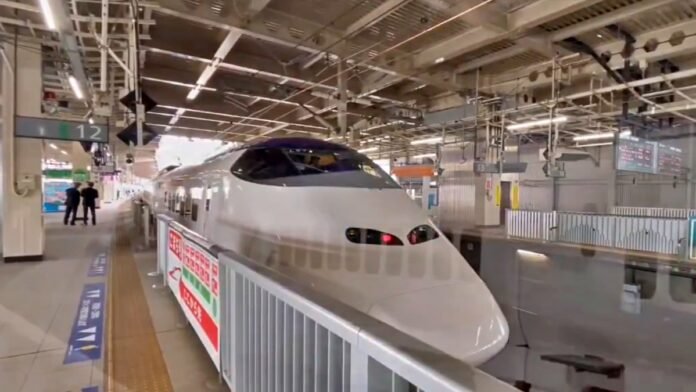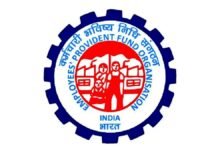
Key Points
- Trial runs for India’s first bullet train, connecting Mumbai and Ahmedabad, have officially begun in Japan.
- Japan will gift two advanced bullet train sets (E5 and E3 series) to India for initial testing and inspection.
- The 508 km Mumbai-Ahmedabad High-Speed Rail (MAHSR) corridor will cut travel time to just 2 hours and 7 minutes, with 12 stations along the route.
- The trains, capable of reaching speeds up to 320 km/h, will arrive in India in early 2026 for further testing in Indian conditions.
- The project is a flagship India-Japan partnership, with Japan financing 80% of the cost through low-interest yen loans.
- The bullet train project is expected to boost jobs, technology transfer, tourism, and trade between two major economic hubs.
New Delhi: India’s long-awaited bullet train dream is rapidly moving towards reality, with the first trial runs for the Mumbai-Ahmedabad High-Speed Rail (MAHSR) corridor now underway in Japan. This ambitious project, a symbol of the strategic partnership between India and Japan, is set to revolutionize rail travel in the country.
Japan Gifts Cutting-Edge Bullet Trains to India
As part of the collaboration, Japan is gifting India two state-of-the-art bullet train sets—one each from the E5 and E3 series. These trains, renowned for their speed and safety, are currently undergoing rigorous performance tests in Japan. Designed to operate at speeds up to 320 km/h, the trains will be handed over to Indian authorities in early 2026.
Once delivered, the train sets will undergo extensive testing on Indian soil to ensure they can withstand the country’s diverse terrain and challenging climatic conditions. This phase is crucial for adapting the technology to local requirements and ensuring passenger safety.
Mumbai-Ahmedabad in Just Over 2 Hours
The 508-kilometer MAHSR corridor, developed by the National High Speed Rail Corporation Limited (NHSRCL), will feature 12 stations, including key stops at Thane, Virar, Boisar, Vapi, Surat, and Vadodara. The bullet train will slash the travel time between Mumbai and Ahmedabad from the current 6-7 hours to just 2 hours and 7 minutes, offering a world-class travel experience comparable to Japan’s famous Shinkansen.
A recently released video demonstrates the train’s sleek design and the ultra-modern infrastructure being developed for the project, heightening excitement among rail enthusiasts and the general public alike.
Strategic Partnership and Funding
The project is the result of a landmark agreement signed between India and Japan in 2016. Japan is providing technical expertise and financing nearly 80% of the project’s cost through low-interest yen loans, making it one of the largest bilateral infrastructure collaborations in India’s history.
Economic and Social Impact
Beyond speed, the bullet train project promises a range of benefits:
- Job Creation: Thousands of direct and indirect jobs during construction and operation.
- Technology Transfer: Introduction of advanced Japanese rail technology and safety standards.
- Boost to Tourism and Trade: Faster connectivity between two major economic hubs will stimulate business and tourism.
- Modernization: Sets a new benchmark for high-speed, efficient, and reliable public transport in India.
What’s Next?
With trial runs underway and the first train sets expected to arrive in India by 2026, the Mumbai-Ahmedabad bullet train is poised to usher in a new era of high-speed rail travel. The project stands as a testament to India’s growing infrastructure ambitions and its deepening ties with Japan.
India’s first bullet train is one step closer to reality as trial runs begin in Japan and advanced train sets are prepared for delivery. The Mumbai-Ahmedabad corridor, backed by a robust India-Japan partnership, promises to transform travel, boost economic growth, and set new standards for public transportation in the country.





















































